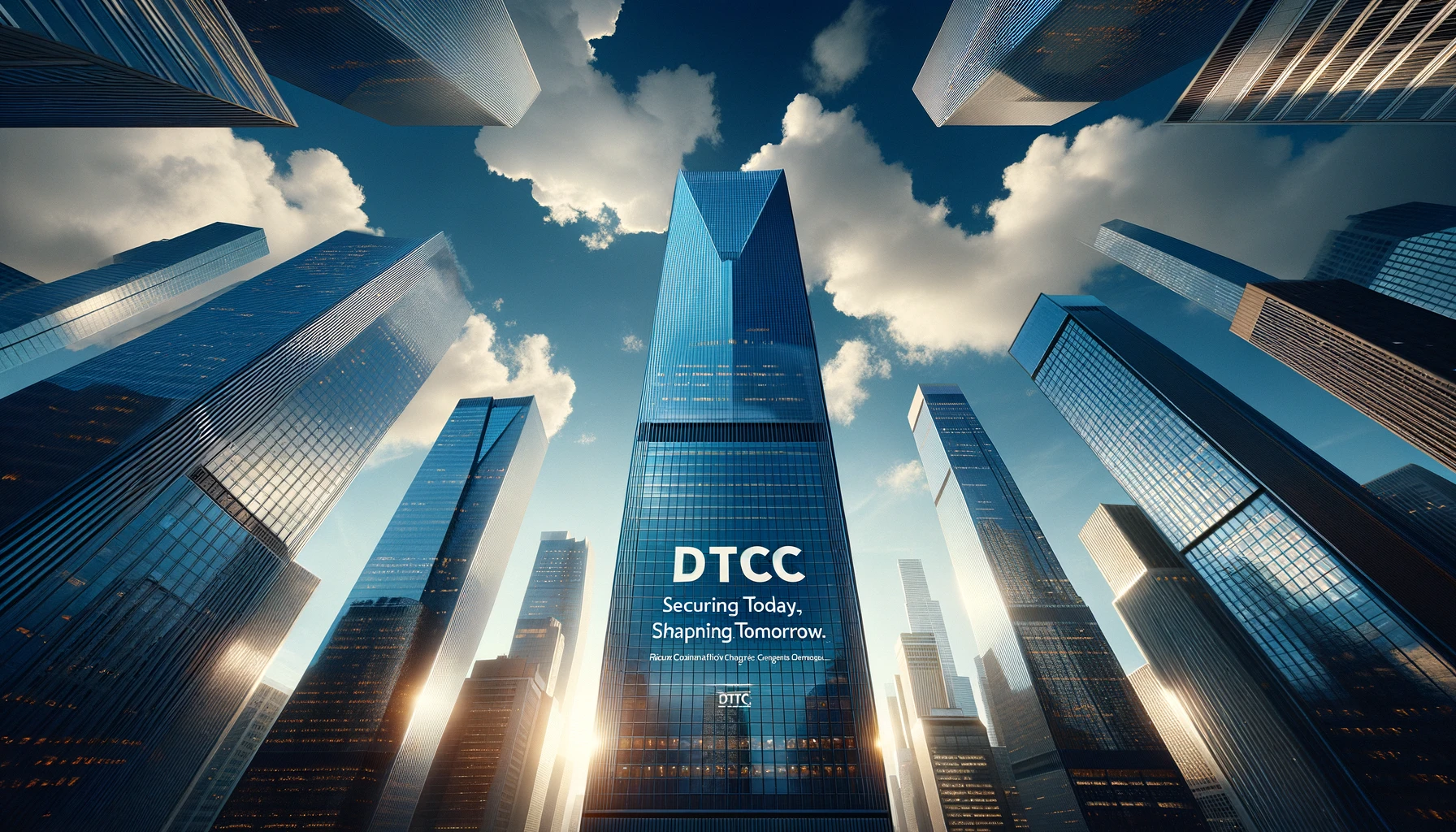
Opening Comments
Jennifer Peve, the Global Head of Strategy and Innovation at the DTCC, came out to admit that she doesn’t believe blockchain is the solution for one to help with the U.S. transition to one day (T1) settlement happening in May of this year. She was talking at a symposium on the tokenization of real-world assets (RWA) and liabilities held by the Office of the Comptroller of the Currency (OCC). The DTCC processed $2.5 quadrillion in securities transactions in 2022. The sentiment is unsurprising coming from a post-trade financial services company that sustains itself by doing the very job that blockchain aims to disrupt.
“If you’re speaking about US public equities markets, there is a disconnect because of the performance and scale component,” she said.
One major advantage of blockchain is the ability to have atomic settlement, where the asset and payment exchange simultaneously; delivery versus payment (DvP). This doesn’t have to be instant but can be done one day after the trade. However, other sectors, such as private stocks, are a different story. She called “other markets that are probably not as high volume and low value, then I think you’ve got opportunities to really explore this concept of on-chain, real-time settlement.” In 2021, the DTCC explored something similar as part of Project Whitney.
Ms. Peve believes such sorts of use cases will help “demonstrate confidence and credibility” before moving into entrenched businesses.
Markets with immature infrastructure make strong candidates to be tokenized. She mentioned the alternatives sector and ETFs. “ETFs continue to be an interesting place for this technology simply because of the operational efficiencies you can get through the create-redeem processes, data distribution, and things of that nature,” said Ms. Peve.
DTCC Blockchain Inroads
The DTCC has launched several blockchain initiatives. In 2022, it launched a DLT-based stock settlement system for bilateral transactions using R3’s Corda DLT. It went live with the Trade Information Warehouse system for derivatives, which had a blockchain and conventional version.
Last year, the DTCC launched an industry Testnet infrastructure based on Hyperledger Besu, an enterprise version of Ethereum. It aimed to provide an industry sandbox environment. It also acquired digital asset solution provider Securrency.
Ms. Peve briefly shared details of a recent experiment. The DTCC conducted a simple proof of concept with asset managers, fund administrators, and custodians to explore the possibilities in the wealth management space. It involved putting net asset value (NAV) data on a public blockchain. “They were able to see whether or not this technology from a data distribution standpoint was going to add incremental value,” said Ms. Peve. “And then how would they consider building on top of that.”
Adoption Hurdles
The overall tone, however, was cautious. The challenge of interoperability with legacy systems and slow adoption by financial institutions remained. “This technology helps you compress the value chain and take friction out of that value chain,” she said. Adding that we need to have “people that are willing to stand up and take the risk to say, I recognize that by changing this, I might lose out here. But if I lose out here, perhaps I can build something else over here that actually generates replacement revenue or brings other opportunities.”
She continued: “If we don’t have those conversations and we aren’t honest about it upfront, we can talk about use cases all day long. We can talk about how it complies with the regulatory requirements. We can talk about the scalability and performance. But if we can’t get people to say, ‘I’m willing to take this shot,’ it still won’t happen.”
The Elephant in The Room
One key takeaway was that the DTCC will only address opportunities that can work within the current regulatory framework. Current regulatory requirements reinforce the role of the DTCC.
If tokenization achieves its potential, then questions about the roles of central securities depositories (CSDs) and central counterparties (CCPs) arise. A blockchain takes on the role of the registry, and smart contracts can automate much of the servicing functionality.
Obsolescence caused by a replacement technology is probably the awkward thorn in the side of the legacy system is grappling with.
“This technology helps you compress the value chain and take friction out of that value chain,” she said.
Adding that we need to have “people that are willing to stand up and take the risk to say, I recognize that by changing this, I might lose out here. But if I lose out here, perhaps I can build something else over here that actually generates replacement revenue or brings other opportunities.”
She continued, “If we don’t have those conversations and we aren’t honest about it upfront, we can talk about use cases all day long. We can talk about how it complies with the regulatory requirements. We can talk about the scalability and performance. But if we can’t get people to say, ‘I’m willing to take this shot,’ it still won’t happen.”


Leave a Reply